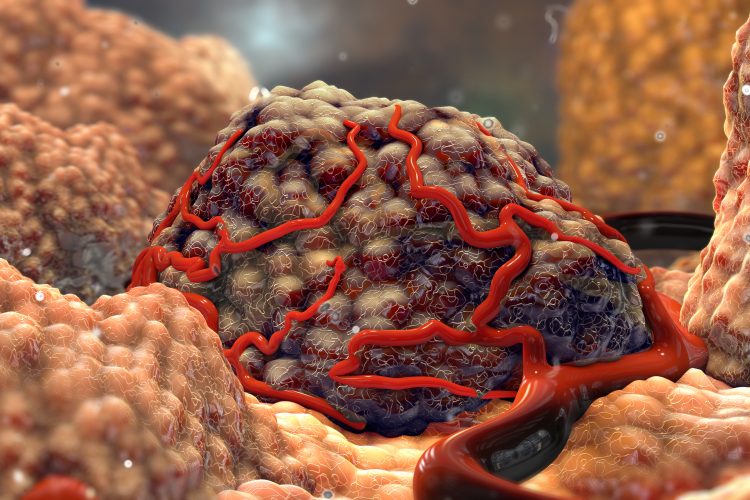TiPARP activation should be the target of future cancer drugs, says researcher
Posted: 4 June 2020 | Hannah Balfour (Drug Target Review) | No comments yet
Scientists reveal activating tumour suppressor protein TiPARP results in the degradation of several transcription factors implicated in cancer survival.


Researchers have revealed a novel tumour suppressor protein called TiPARP, and its mechanism of action, which could be the target of new drugs to slow cancer growth.
According to the team, the transcription factor HIF-1 is triggered by a lack of oxygen to allow the cell to adapt; however, this adaptation is leveraged by cancerous tumours, which suffer from a lack of perfusion and thus oxygen prior to angiogenesis, to allow them to grow and survive.
The paper published in PNAS reveals how TiPARP, a tumour suppressor protein, turns off several transcription factors implicated in the growth of tumours, including HIF-1, C0-Myc and oestrogen receptor-α.
HIF-1 is a prominent target for cancer therapies, because many cancers thrive in low oxygen conditions, said Hening Lin, professor of chemistry and chemical biology in the College of Arts and Sciences at Cornell University, a Howard Hughes Medical Institute Investigator and corresponding author of the paper. “For these tumours to survive, they have to rely on HIF-1,” he said. “TiPARP is a terminator of HIF-1. Therefore, if you can activate TiPARP, then you can suppress [tumour growth].”
The mechanism through which TiPARP switches of these transcription factors is a novel discovery, according to the team. This process is called liquid-liquid phase separation or phase condensation.
Like drops of vinegar in oil (where the vinegar forms distinct droplets suspended in the more viscous oil), when TiPARP is activated in a cell nucleus, it forms the phase separation that recruits HIF-1-alpha and an ubiquitin protein ligase (HUWE1) in the cell nucleus. The ligase degrades HIF-1-alpha and TiPARP, along with several other transcription factors implicated in various cancers, said Lin.
He also suggested that Tamoxifen, a widely used breast cancer drug, might activate TiPARP. Lin proposed that Tamoxifen, which successfully treats oestrogen receptor-positive breast cancers, works because TiPARP is actively terminating oestrogen receptor-α, HIF-1 and c-Myc in the cells of the tumour.
Lin concluded that the activation of TiPARP should be explored in future drug development.
Related topics
Disease Research, Drug Targets, Oncology, Protein, Proteomics
Related conditions
Cancer
Related organisations
Cornell University
Related people
Hening Lin








